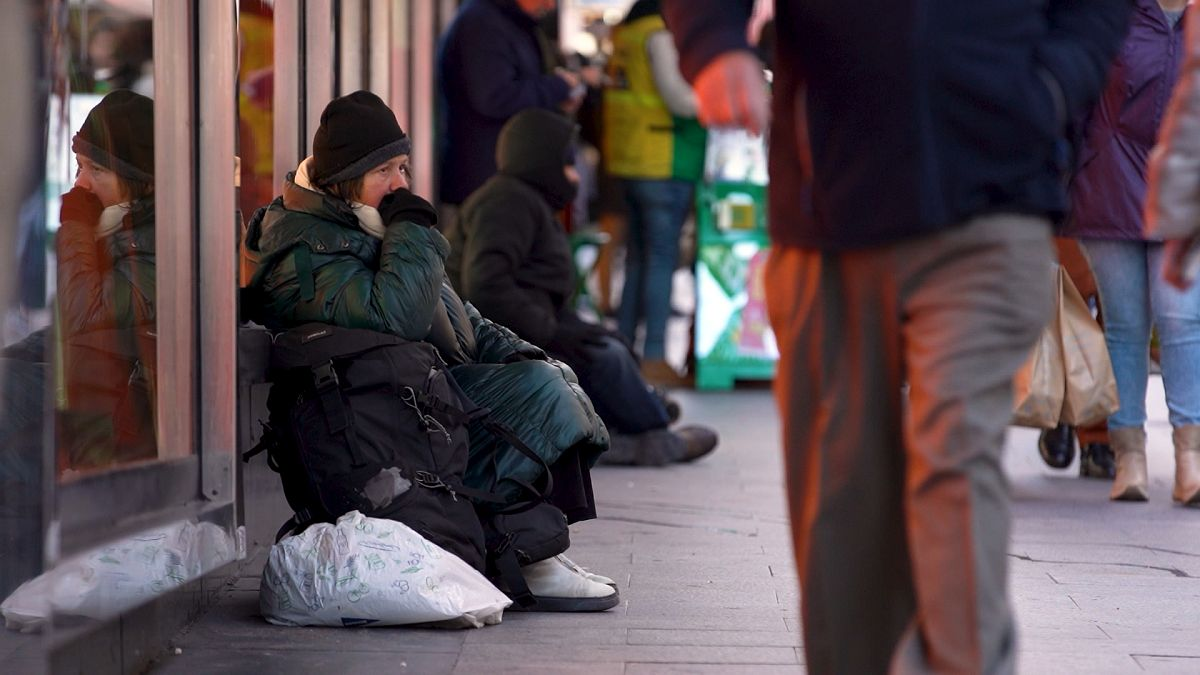First developed in the US, the initiative known as Housing First, is being adopted increasingly in Europe. Unlike traditional approaches, it doesn’t require individuals to meet certain criteria before receiving housing assistance. The idea is that homeless individuals have a higher chance of creating a brighter future for themselves if they first have a roof over their heads.
Carlos Martínez Carrasco lived rough for several years before a Housing First initiative provided him with a flat on the outskirts of Madrid.
He told Real Economy that the flat has changed his life in every way: “I no longer lack the things that you do when you’re on the street and I can cook. I don’t have to find a way to wash clothes… I can go out with the peace of mind that I have a place to come back to. I am very happy today.”



This is the best summary I could come up with:
In this episode of Real Economy, Euronews Reporter Paul Hackett discovers how providing the homeless with housing as a starting point rather than an end goal, is transforming lives and fast becoming a long-term solution.
Carlos Martínez Carrasco lived rough for several years before a Housing First initiative provided him with a flat on the outskirts of Madrid.
Two NGOs, Provivienda and Hogar Si, co-manage several Housing First initiatives in Spain, including the one that gave Carlos a home in Madrid.
Every EU member state has committed to spend at least 25% of its ESF+ resources on tackling social inclusion and at least 3% on addressing material deprivation.
The European Platform on Combating Homelessness is also working hard to bring about change while the Housing First Europe Hub, established in 2016 by Finland’s Y-Foundation and FEANTSA, seeks to give every person living on the street a home.
Progress in the current economic context won’t be easy, but evidence shows with the right policies and incentives, change is possible.
The original article contains 516 words, the summary contains 167 words. Saved 68%. I’m a bot and I’m open source!